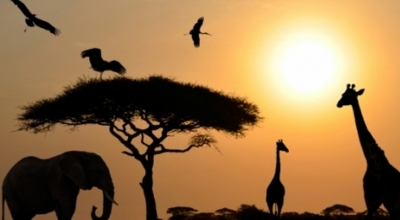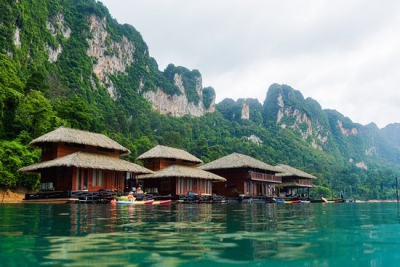Why is World Wildlife Day celebrated on March 3?

The day
On December 20, 2013, the United Nations General Assembly proclaimed March 3 as UN World Wildlife Day "to celebrate and raise awareness of the world's wild animals and plants". March 3 was chosen because that was the day way back in 1973 that the Convention on International Trade in Endangered Species of Wild Fauna and Flora was signed. The theme for 2022 is "Recovering key species for ecosystem restoration". The day aspires to "drive the debate towards the imperative need to reverse the fate of the most critically endangered species, to support the restoration of their habitats and ecosystems and to promote their sustainable use by humanity".
Recovering key species
The day aims to turn the spotlight on "the conservation status of some of the most critically endangered species of wild fauna and flora". Small or large, each and every creature on the planet has a unique function. No matter which part of the world we are in, as humans we are dependent on animal and plant biodiversity for our very existence. We rely on them for everything from food and medicine to clothing and housing. So, a species going extinct affects not just the species, also us humans. This is because when species disappear, ecosystems too disappear. How does that happen?
Ecosystem restoration
As mentioned earlier, every organism has a vital role to play in an ecosystem Any ecosystem is carefully balanced and is a web of interconnected species of animals and plants. When one of them goes extinct, animals and plant dependent on that species in some way-for food, shelter, nest. etc. - will have to find a new place for these benefits or suffer. Eventually, if the earlier balance cannot be achieved the ecosystem collapses. Take the case of the bees. Bees play an important role in pollination, because of which new plants are born. If bees go extinct, gradually most plants will disappear, and along with them the herbivores that eat the plants, the carnivores that eat these herbivores, and so on. Further, humans too will be left without plant-based and animal-based food. No honey, for sure! This is why it is important to protect species, especially critically endangered ones, from going extinct. When such species are protected, the ecosystems are protected too. Several aspects, including deforestation and habitat loss push species to extinction, and by protecting our environment, we protect the species around us, ourselves, and the planet itself!
Threatened Species In Numbers
- According to data from the International Union for Conservation of Nature (IUCN) Red List of Threatened Species, over 8,400 species of wild fauna and flora are critically endangered.
- Close to 30,000 more are understood to be endangered or vulnerable.
- Based on these estimates, it is suggested that at least one million species are threatened with extinction.
Picture Credit : Google
